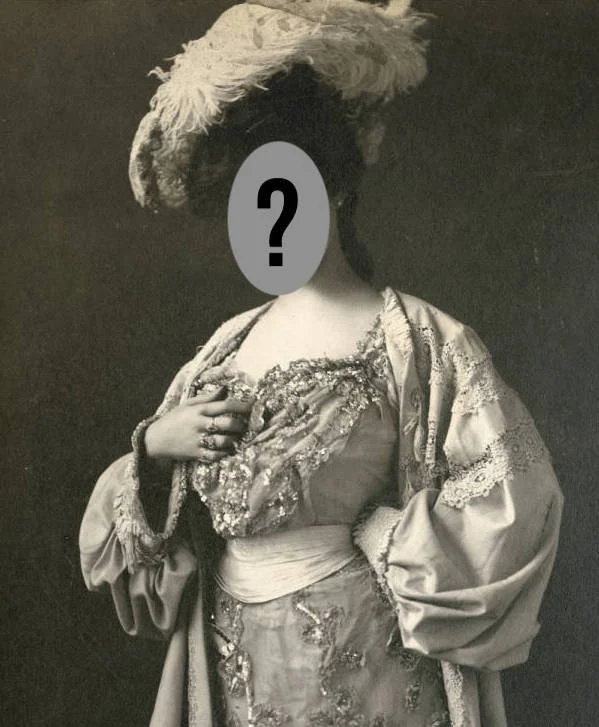The Opera Singer of Albert Lea
If you only stick to Interstate 35, you would be under the impression that the town of Albert Lea is just a couple of truck stops, but venture into town and Albert Lea is full of wonderful surprises. Not least of which is that it was once home to one of the world’s premier opera singers.
Beatrice Gjersten was born in Minneapolis in 1886 and was part of a well-to-do family - her father, Henry J. Gjertsen, was a state senator. It was also a musical family and Beatrice, a singer from the start, was given the nickname “Birdie”. She grew up watching her father perform in singing groups as part of the Odin Club.
After graduating from South High School and then the U of M, Beatrice and her mother went off to Europe. Beatrice was going to sing on the stages of Germany.Local newspapers happily reported on their hometown girl’s successes abroad.
She made her debut as "Elizabeth” in Tannhäuser with the Royal Opera in Weimar in February, 1909. In 1910 - she premiered as the lead role in a new opera. Das Gelobnes (or The Vow) with great reviews. In 1912 - she performed the role of Sophie in Der Rosenkavalier directed by the composer Richard Strauss himself.
She also performed for the German Kaiser and he was so charmed that he gave her a diamond broach.
At the end of her contract in Weimar, Beatrice returned to Minnesota for a much-needed rest - and the path of her life took a different turn. At a post-recital party for the Odin Club, she ran into her high school sweetheart, Dr. William Besessen. He had made a special trip from Albert Lea, where he was practicing, to see her performance. The reunited couple was married later that year.
While it may seem that her marriage put a premature end to her singing career, it was actually good timing. When she married in 1916 - tensions were already high leading up to World War I and it would have been unlikely that she would have been able to continue working abroad.
So, instead of returning to Europe, Beatrice brought Europe to Albert Lea. The Besessen Theater was designed as a 740-seat opera palace in 1916. On the second floor, Beatrice had her studios where she taught vocal lessons.
She continued to perform throughout America and in 1921, traveled with the St. Olaf Band to Norway to perform for the King and Queen.
She and William had six children - some of which grew up to take the stage themselves, but never to as much fame as their mother. Beatrice continued to teach and perform, often to raise money for Norwegian charities that she was involved with.
When the growing family decided to move back to Minneapolis, the Besessen Theater was sold and became a part of the Rivoli movie theater chain, but closed in 1977.
Today, the building is home to a local Arts Initiative and part of a major effort to restore the absolutely charming downtown Albert Lea.
























